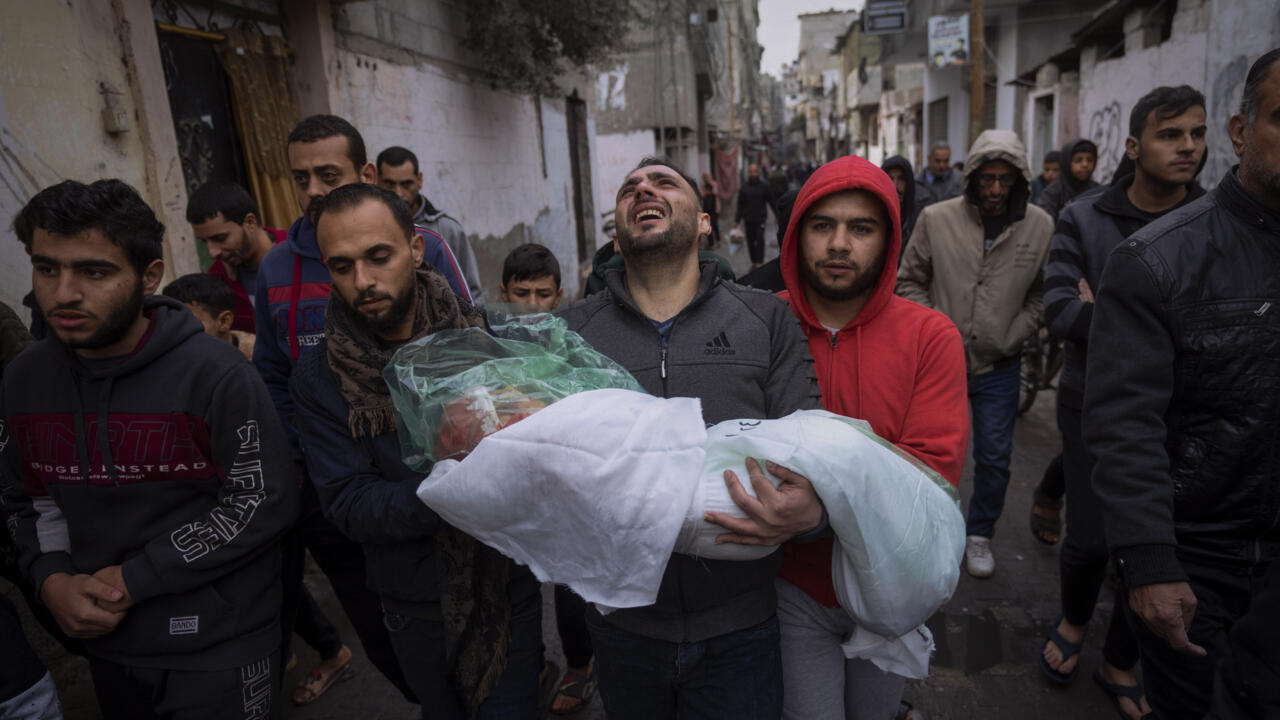
NGOCSTIP – Gaza has once again become the epicenter of international outrage following a landmark resolution by the International Association of Genocide Scholars. On September 1, 2025, the world’s largest body of genocide experts passed a resolution declaring that Israel’s actions in Gaza meet the legal criteria for genocide. With 86 percent of participating members in favor, the resolution is rooted in well-documented evidence of widespread violence and humanitarian devastation. Over 59,000 Palestinians have been killed, entire neighborhoods reduced to rubble, and essential services like healthcare and education systematically dismantled. These allegations are backed by organizations such as Amnesty International and UNICEF, intensifying pressure on global leaders and institutions to address the escalating crisis. The resolution has stirred reactions from both supporters and detractors, reflecting a deepening divide in international opinions surrounding the Gaza conflict.
The IAGS resolution refers to the 1948 UN Genocide Convention. That convention defines genocide as acts intending to destroy specific groups. In Gaza, scholars identify this intent through systematic attacks on critical infrastructure. They highlight deliberate strikes on hospitals, schools, and aid convoys. Policies that aim to forcibly displace civilians also raise major concerns. Israel destroys residential areas through repeated military operations. Officials from Israel use language that dehumanizes Palestinian communities. These actions support the argument of intentional group destruction. More than 50,000 children in Gaza have suffered injuries or lost their lives. These losses threaten the community’s ability to recover and rebuild. People in Gaza face severe shortages of food and medicine. Aid restrictions increase the suffering of civilians every day. Scholars claim this strategy dismantles Gaza’s societal structure over time. They warn that these actions match international definitions of genocide.
“Read about: September 1, 2025: Indonesia Faces Explosive Protests in Major Cities”
Global reactions to the IAGS resolution reveal a strong divide. Supporters view the genocide label in Gaza as a call for justice. They demand accountability through international legal mechanisms and human rights law. Critics, including Israel, reject the resolution and question its legitimacy. The Israeli government claims the resolution lacks evidence and objectivity. Officials defend military actions as necessary responses to Hamas attacks in October 2023.
Those attacks killed over a thousand people inside Israeli territory. The Israeli Foreign Ministry blames the IAGS for using flawed data and research. Despite criticism, the resolution spreads rapidly across global diplomatic forums. Activists and legal experts renew pressure on global courts and institutions. The United Nations responds by monitoring the growing legal debate closely. Several governments express concern but choose to wait for legal judgments. The International Court of Justice continues reviewing South Africa’s case against Israel. Many await the court’s final decision in early 2026.
The International Court of Justice has become a critical arena in determining whether the acts committed in Gaza legally constitute genocide. South Africa’s 2023 case accuses Israel of breaching international law through its conduct in the occupied territories. Although a final ruling is pending, the ICJ has already ordered provisional measures, including an appeal to allow humanitarian aid. Israel has been granted until January 2026 to submit its official defense. Meanwhile, the court’s preliminary stance, including the acknowledgment of potential genocidal acts, has added legitimacy to the IAGS resolution. Critics argue that such designations should only come from official legal bodies, yet genocide scholars insist their analysis serves as an early warning tool. They emphasize that the patterns observed in Gaza match historical precedents of genocide, particularly in the destruction of civilian life and essential infrastructure.
The situation in Gaza shows a severe humanitarian crisis beyond legal definitions. The Hamas-run Ministry of Health reports over 63,000 deaths and 160,000 injuries since the conflict began. These numbers do not separate civilians from fighters, but international observers widely recognize them as credible. UN-backed agencies confirm famine due to ongoing blockades. These blockades stop food and medical supplies from reaching Gaza. Israel controls all border crossings and holds responsibility as the occupying power. Humanitarian organizations continue to issue warnings about starvation, disease, and social collapse. They highlight actions that deliberately worsen living conditions. Scholars emphasize that the crisis results from planned measures, not just wartime effects. They view the destruction as a campaign to erase the possibility of Palestinian survival in Gaza.